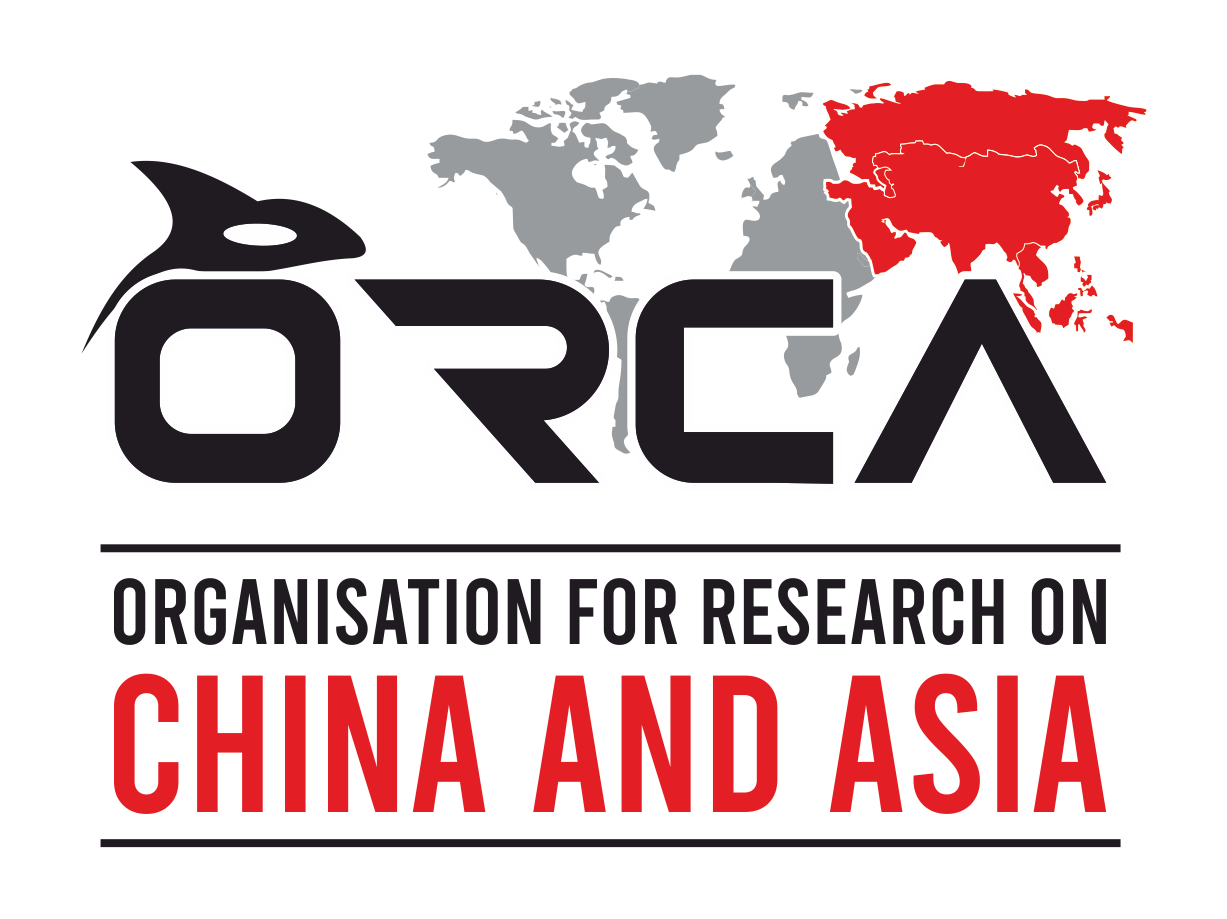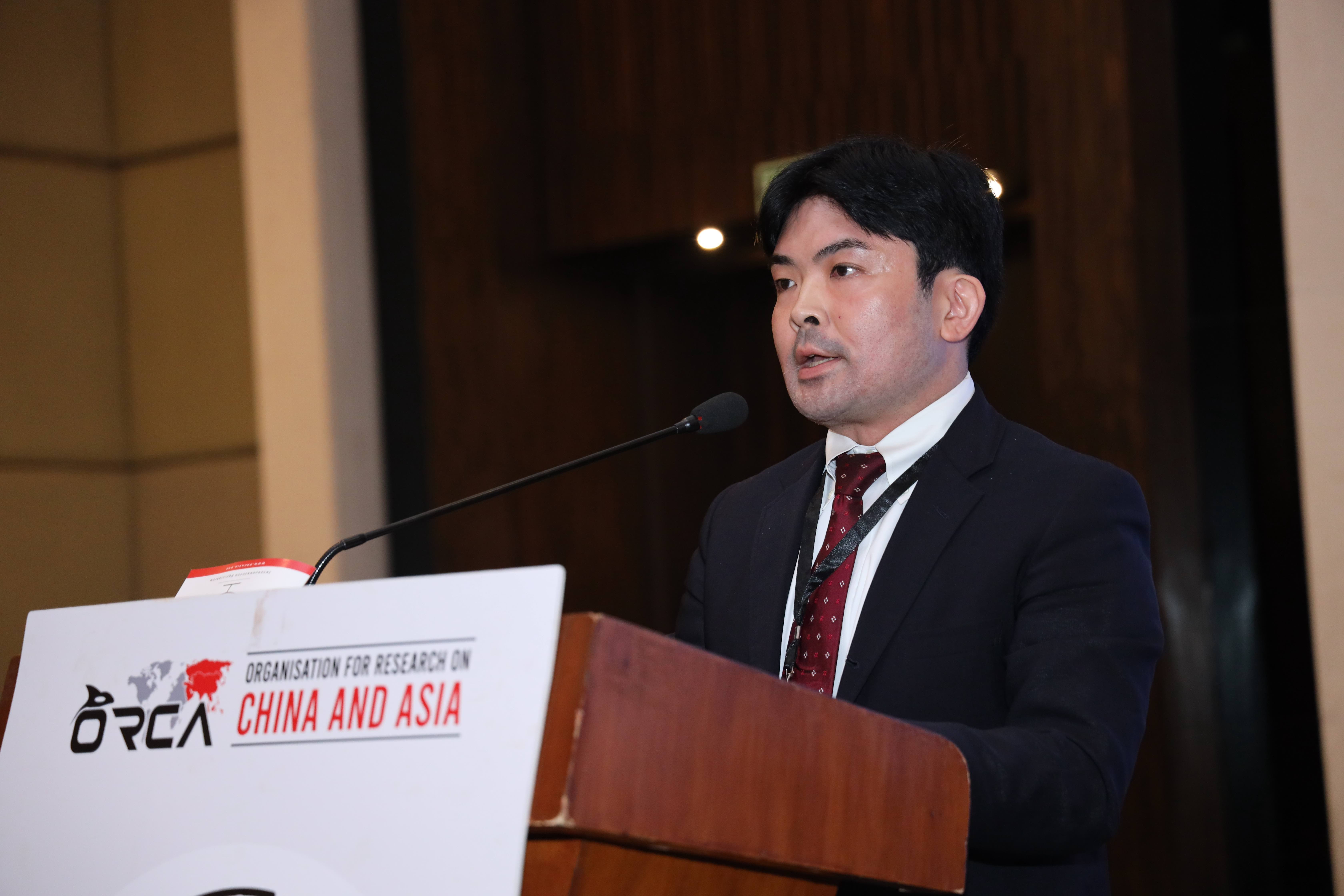One of the most important aspects which makes up the basis of China’s expanded warring capabilities is information – information technology is very important, especially after the 1990s and 2000s. Digital information, specifically, can control many aspects of not only the military, but also political and economic aspects. When it comes to the military, China has placed great emphasis on the application of information communication technology (ICT) to its military and has a tendency of informatised warfare since the 1990s, after learning from the US war experiences during the Gulf War, the Kosovo War and the Iraq War.
China tried to adopt the information system which is the central element in modern military affairs and warfare. Weapons and other components are linked through the information system, thereby increasing their effectiveness. China has invested in its indigenous capabilities in this regard, with particular importance given to its Intelligence, Surveillance and Reconnaissance (ISR) capabilities. Of particular importance are ground-based radar networks, underwater sensor networks, and especially space-based systems (because China has launched numerous satellites, such as the PNT satellites), which are at the core of China's military activities. Since China has focused on enhancing its information systems and capabilities, it has also developed attacking and offensive cyber capabilities, adopted the Integrated Network Electronic Warfare (INEW) as well as set up the Strategic Support Forces of the PLA.
Based on these capabilities, and from the Japanese point of view, China’s activities in this area have been expanding and growing. The expansion of China's military power poses a major challenge to its neighbors in East and South Asia. Particularly noteworthy is China's military expansion in the oceans.
When considering China's recent expansion in the oceans, technological factors cannot be ignored. China's concept of informatised warfare has emphasised the central role of informatization in warfare. More recently, it has promoted the concept of intelligentised warfare, a more advanced version of this concept, to promote the application of emerging technologies, such as artificial intelligence (AI), to the military.
Types of Chinese Activities in East Asia
The first is the activities of the Chinese navy and air force. In the East China Sea, the Chinese navy and air force have normalised exercises and expanded the scope of their activities. Earlier in the 2000s, naval or air force activities had been limited to the coastal areas but now it has expanded not only to the East China Sea but also to the Western Pacific. China has established an air defense identification zone (ADIZ) in the East China Sea and has been actively patrolling the area. This has coincided with Japan's ADIZ, and the number of scrambles by the Japanese Air Self-Defense Force now exceeds 700 per year.
In the South China Sea, as is well known, it has been reclaiming and building islands and further militarising them. China has built Sansha City in the South China Sea and established administrative, military, maritime law enforcement and maritime militia based on it. As a result, China’s de facto control over the South China Sea has been strengthened. In addition, the Taiwan Strait is the most important flashpoint in East Asia. At present, China continues to intimidate Taiwan by conducting active and intense naval exercises around the strait.
Second, China's most formidable military capability in the East Asian region is its ability to strike with precision, mainly through its missile capabilities. China has deployed a large number of short- and medium-range ballistic and cruise missiles, and its superiority over the United States and Japan, both of which does not maintain medium-range ballistic missiles because of the INF Treaty, is clear. Point strikes against key installations can cause significant damage, making it difficult for other countries' militaries to conduct military operations in China's vicinity. This has become known as the AntiAccess/Area Denial (A2AD) capability. Another problem with missile capabilities is that they include nuclear warheads. Having nuclear weapons in a war zone increases insecurity in the eyes of other countries.
Third is gray zone operations. The gray zone can be defined as coercive actions that do not involve large-scale military conflict or escalation. China routinely uses Chinese maritime police, the Chinese Coast Guard, and maritime militias to reinforce its territorial claims and strengthen its own position. Interestingly, while China mostly uses its maritime militia in the South China Sea, it uses its Coast Guard in the East China Sea. The Chinese Coast Guard and maritime militia has likely come under the general command of the Chinese Central Military Commission (CMC). While this is not a large-scale use of military force from the perspective of the other country, if not handled properly, it can seriously undermine its territory and position.
Fourth, influence operations, or cognitive warfare deployed by China is another point of concern. Information is a central component of modern warfare, but controlling information has more implications as it also brings a dominant position in the field of cognition and psychology and can influence and shape public opinion and thinking. This especially comes into play against Taiwan, in the forms of fake news and disinformation. China has emphasised the so-called "Three Warfares" public opinion warfare, psychological warfare, and legal warfare-to influence the perceptions of its adversaries' leaders and commanders, as well as those of the general public.
China operates in such a variety of forms that it is important to understand these characteristics and respond appropriately to each.
These remarks were presented by Dr. Shinji Yamaguchi at Global Conference for New Sinology (GCNS), 2023



Author
Dr. Shinji Yamaguchi
Dr. Shinji Yamaguchi is a Senior Research Fellow in the Regional Studies Department of the National Institute for Defense Studies (NIDS), Ministry of Defense, Japan, located in Tokyo, and was a Visiting Scholar at Sigur Center for Asian Studies of George Washington University. He specializes in Chinese politics, China’s security policy, and contemporary Chinese history. He earned his B.A., M.A., and Ph.D. from Keio University. His publications include "Strategies of China’s Maritime Actors in the South China Sea: A Coordinated Plan under the Leadership of Xi Jinping?" China Perspective, 2016 No.3, (October 2016), pp.23- 31; Mo Takuto no Kyokoku ka Senryaku (Mao’s Grand Strategy to Build Strong Country) Tokyo: Keio University Press, 2021. He is a co-author of the NIDS China Security Report 2012, 2013, 2016, 2017, and 2018.